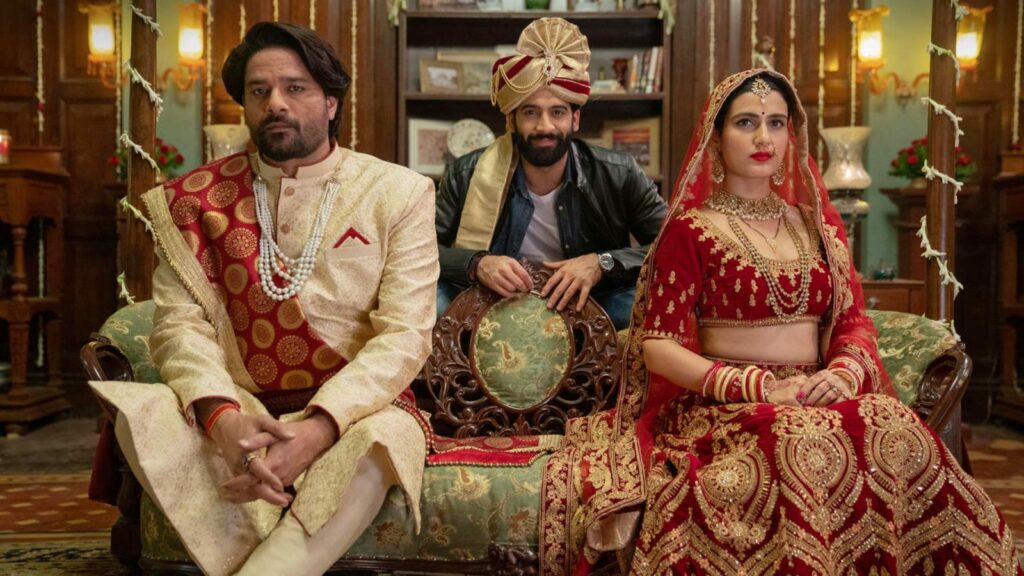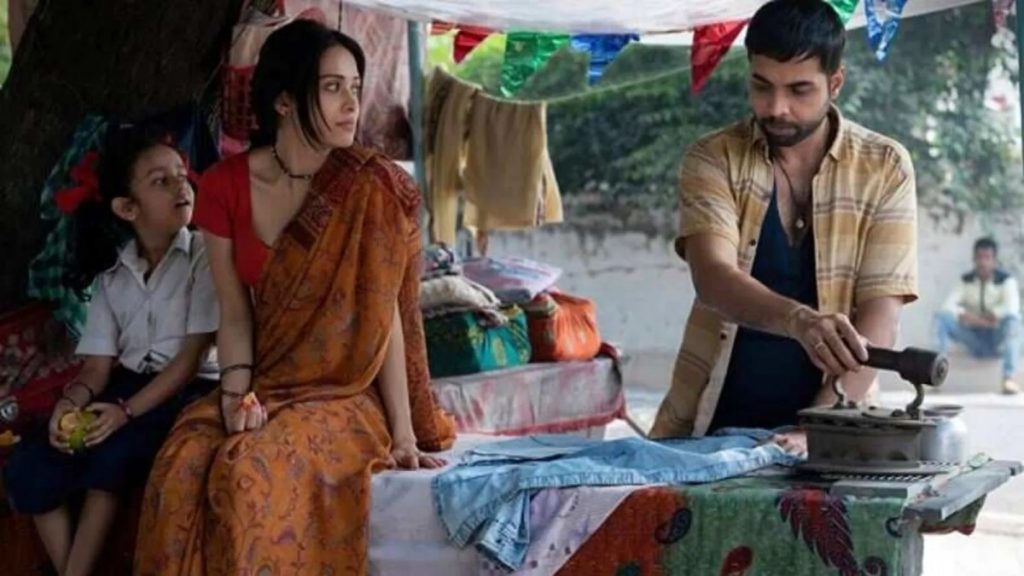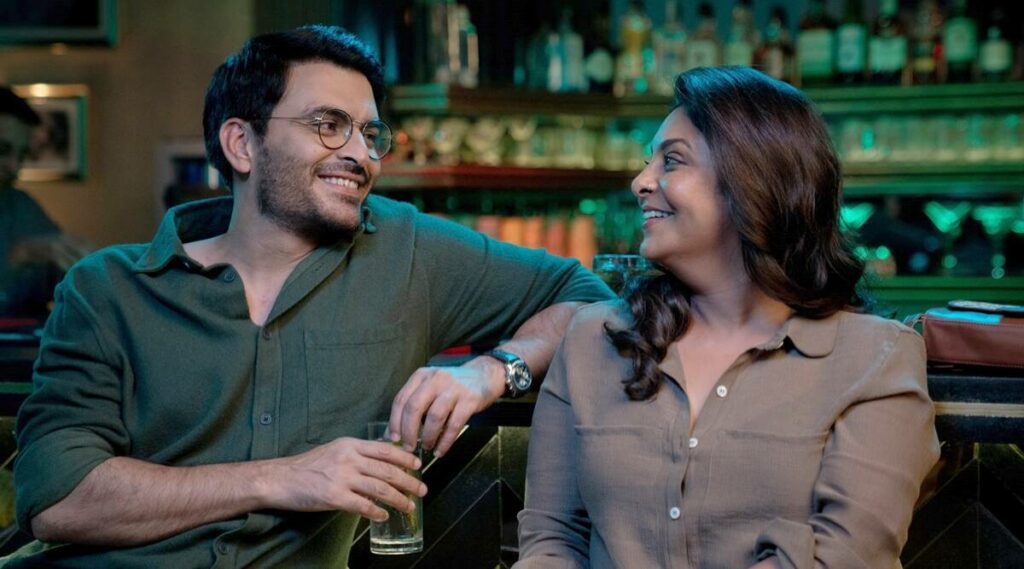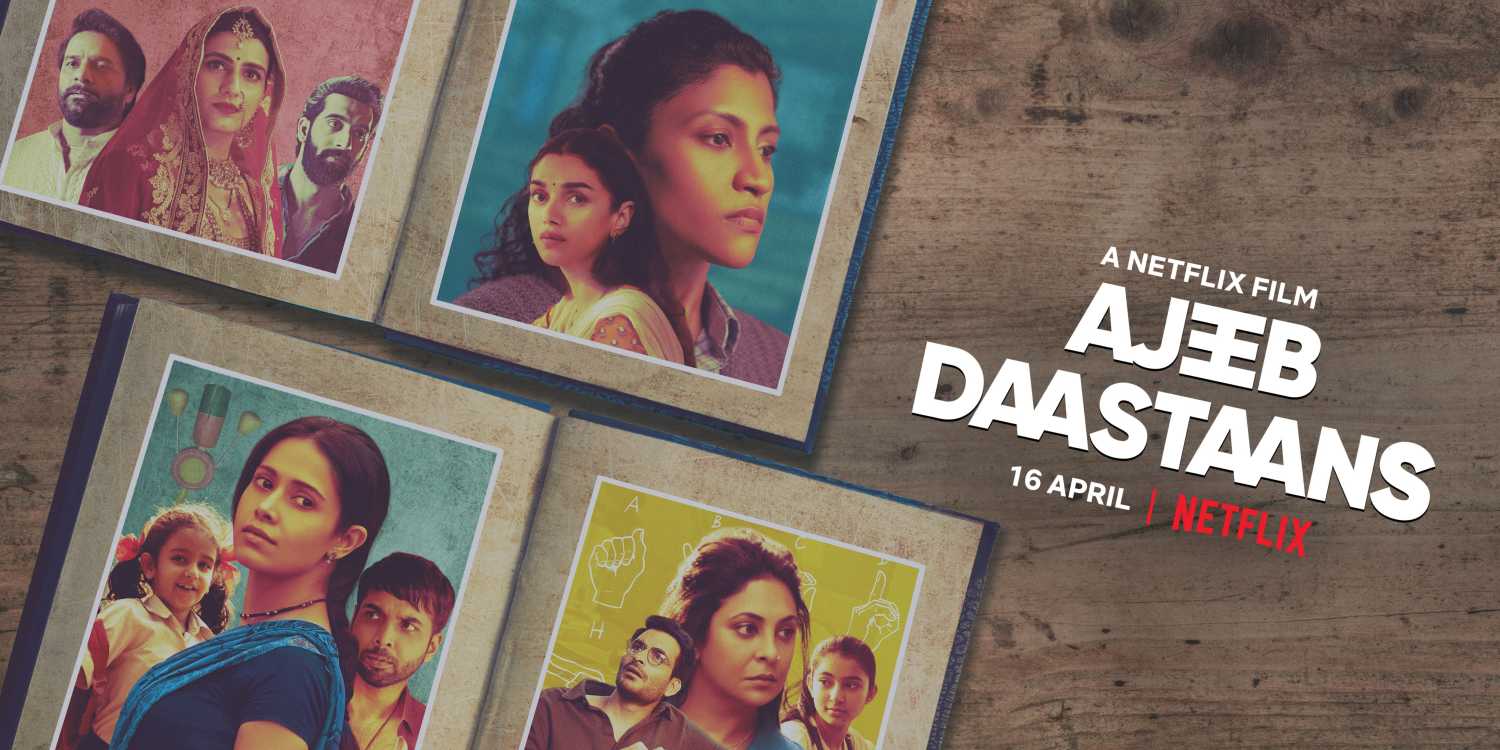Spoiler alert
Ajeeb Daastaans is a Hindi-language anthology film, consisting of four short film segments i.e. Majnu, Khilauna, Geeli Pucchi and Ankahi directed by Shashank Khaitan, Raj Mehta, Neeraj Ghaywan and Kayoze Irani respectively. It is the latest addition to the Dharma anthologies produced by Karan Johar and is currently streaming on Netflix India.
You might question, what is an anthology film? It is a collection of short films which are often tied under one common theme. When I watched Lust Stories (2018) and Ghost Stories (2020), I could find elements which tied these shorts together. But, I felt a bit lost while watching Ajeeb Daastaans (2021). The premise or rather promise for these films is that each story brings a shocking, horrifying and/or heartbreaking twist in the tale that we as audience never really saw coming. But, not all films deliver that promise.
The first two films—Majnu and Khilauna—by Shashank Khaitan and Raj Mehta while trying to break the stereotypes through the narrative and in their desire to shock the audience, rather succumb to the stereotypes and reinforce them. The third film in Ajeeb Daastans is brilliant and has great performances—Geeli Pucchi directed by Neeraj Ghaywan, focuses on the intersections between gender, caste and sexuality with such ease that it is shocking. The last short, Ankahi directed by Kayoze Irani, is simple and beautiful. The performances of actors Shefali Shah, Manav Kaul, Konkana Sen Sharma and Aditi Rao Hydari stand out.
Majnu

The first film, Majnu is written and directed by Shashank Khaitaan. Though it has immensely talented actors like Jaideep Ahlawat and Fatima Sana Shaikh, their acting skills couldn’t save the short. The plot is too weak and the focus of the story is to shock rather than build an engaging plot or meaningful characters. The only thing that is good about this short is that it is a critique on the Indian families who fail to accept homosexuality and force their sons to marry a woman for the sake of their reputation within the society. And as a result of this, the woman and the man who are tied in a suffocating marriage end up sabotaging not only themselves but also their relationship.
Khilauna

Following suit is, Khilauna, directed by Raj Mehta. It narrates the story of a domestic worker Meenal (Nushrratt Bharuccha) who works in a gated community and lives with her little sister Binny (Inayat Verma) and lover Sushil (Abhishek Banerjee). The three live in a room where the electricity that they use is acquired illegally. In order to get it restored, Meenal starts working at the house of the society secretary who is shown to be a hyper-masculine figure and often looks at Meenal sexually. Meenal, who is aware of this fact, is heard saying, “Let him ogle at me for a couple of hours while I clean, as long as I get electricity back in my home.” The gaze of the camera and that of the men in the film are patriarchal in nature. The women in the film are either seen as walking bodies that men sexualise or the worth of a woman is judged by her ability to become a mother. It does a good job at showing the blurred lines of caste-class difference and the hierarchy between the domestic worker and the owners of the house. Had it elaborated a bit there, it could have been a better film.
Geeli Pucchi
Then comes my favourite film in the anthology, Geeli Pucchi (sloppy kisses). There is nothing to not like about this short. The writing, direction, acting, the story and the characters, everything is great. In a subtle and nuanced manner, it weaves together the layers of oppressions that both unite and divide the women in the film.

Neeraj brings back several themes and issues he dealt with in his debut film Masaan, and places his characters at the intersections of caste, gender, sexuality and patriarchy. He also infuses his characters with a desire to escape from a pre-determined fate that was so poignantly portrayed by the central characters of Masaan as well. Here though, the tragedy that Neeraj and co-writer Sumit Saxena craft is far more impactful because the characters are well-layered. There is no black and white here. Just like their journeys, the characters seem real.
Bharti Mandal (Konkona Sen Sharma) is the only woman working in a factory dominated and run by men. Her job is to operate machines and deal with the bias on a daily basis. She is not seen as a ‘woman’ by her co-workers. She is Dalit and queer, making her triply marginalised. She knows who she is and isn’t afraid to acknowledge that. But at the same time, the society doesn’t acknowledge her and that is reflected in her character having no friends and family and living by herself. When a woman named Priya (Aditi Rao Hydari) from an upper class, upper caste family gets the job she had been working towards, the biasness towards her becomes clearer.
Also read: Geeli Pucchi: Exploring The Messiness Of Caste And Sexuality
The characters of Priya and Bharti are quite in contrast to each other. Priya is fair, beautiful, dresses up well and is from an upper caste family, while on the other hand we see Bharti, who in terms of the patriarchal society, ‘dresses like a man’, wears oversized clothes, is dark-skinned and comes from a so called ‘lower-caste’. Though they lean onto each other for some time, Bharti soon realises that the differences they have cannot be bridged.
The twist in the tale involves a ‘steel tea cup’ that a lot of us in India will be familiar with and it might have been a part of our reality as well. Neeraj slowly builds up to the climax through his characters and the chillingly believable reality of how women often turn oppressors to escape oppression.
Ankahi

The last film in this anthology, Ankahi, is beautiful in its own way. Kayoze Irani weaves a story that is simple and impactful. The actors cast for the roles leave no stone unturned to make the short a memorable one. Natasha (Shefali Shah) is an upper-middle class homemaker living with a teenage daughter who is losing her hearing abilities and a husband who is ‘turning a deaf ear’ towards the entire situation. We see her bump into photographer Kabir (Manav Kaul) who is hearing impaired, and is shocked to know that she can communicate in sign language. Their journey from friendship to romance says a lot about comfort and love without saying anything literally. The last scene is heartbreaking and made me cry. I think, that is the reason why it felt so real. Not every love story has a happy ending, right?
When Natasha tells him, “I think the photographs you click have a little sadness in them.” To that Kabir responds, “What people see in my photographs, it says less about me and more about them.” I do think the same can apply to films and what you see in them as well. May be this can explain what I saw in these shorts. So, what did you see in these dastaans?
Featured Image Source: Ajeeb Daastaans’s official poster
About the author(s)
Grishma Trivedi is currently pursuing her Doctoral Research at The Maharaja Sayajirao University of Baroda and working at Ahmedabad University. Her research and teaching interests explore the relations between films, literature, culture, identity politics and media, especially as they unfold in contemporary India.





Geeli Poonchi should be seen from the multiple factors of caste, gender and also class. Both lead actors to have three things in common, first gender(intermingling of queerness and of course “normal” visualisation female, i.e. cis-gendered heterosexual female), caste and, of course, the class position. The latter is overlooked in my view. I think Priya’s class position is not much different from Bharti’s. For instance, the family accommodation or inability to purchase eggless cakes (which is comparatively expensive). Whether the identities “intersect” like lanes in the street or identity(ies) get overlapped or partially dependent or may get disassociated? This question I think should be discussed. A review of the first two movies resonates with my view too. Don’t you think the last film in the anthology shows the elitist perception of disability and romanticisation of the disability.